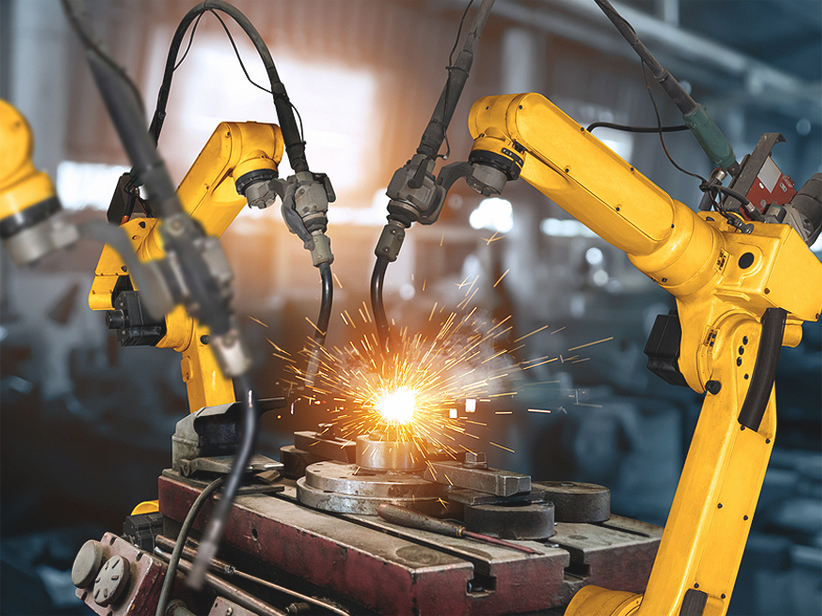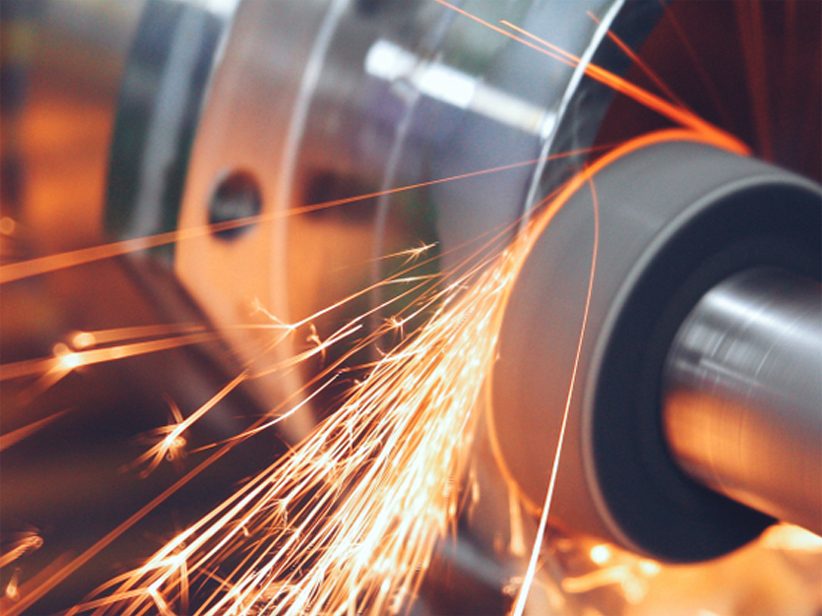Twisting the history of steel wire rope
Stainless steel producer invests big in high-quality products and long-distance service.
Durability & creativity are the backbone of technological progress of a country. A special mention to be made here is that of mining industry which led the Industrial Revolution & has gone down in history courtesy few significant innovations. Steam Engine would probably be the frontrunner in the list of strategically significant key innovations. We must not ignore the contribution steel wires in the development of heavy industries; they always seem to have been left alone & the limelight is grabbed by the final product i.e steam engines.
For more than a hundred years, flexible steel wire ropes have been a pillar of support for lashing down scaff planks or lifting heavy weight pulleys. They were in usage as cranes & draglines for surface mining. Cheaper imports from China have started flooding the market however Venus steel, the undisputed leader in manufacturing of wire rope works still stands tall when it comes to manufacturing & production of flexible steel wire ropes. Of late VenusWires have set up their manufacturing unit in Khopoli, Maharastra to empower Indian heavy industry.
We can attribute the first usage of steel rope to Willhelm August Julius Alber, a German mining engineer in 1834 based on our research through the pages of mining history. Till then, mining haulage was dominated by hemp fibre rope or chains. Rope would get rotten due to extreme humidity of underground mines & iron chains often had a layer of rust making both of them lose their strength of load bearing capacity. Technically, they had to be replaced every now & then. Chains were more prone to loss of credibility arising out of inconsistency in metallurgy & a single unnoticed weak link could prove to be a disaster for the entire unit.
Owing to this inefficiency & costly affair, a German engineer & surveyor, John Roebling focused his entire energy in building ropes made up of flexible steel wires. He used 6/19 construction wherein 6 denotes strands & 19 is the number of wires per strand. A strand containing 19 wires looked like a perfect hexagon as due care was taken to ensure the gauge of all the wires are the same. Roebling used three different gauges & combined all of them together to develop a stronger & more durable flexible steel wire rope. It immediately enhanced the load bearing capacity of the wire & effortlessly replaced erstwhile ropes & chains. Roebling saw an increased demand of his steel wires across civil engineering, mining industry as well as transportation industry increased their demand for his products. Sensing profit & strategic benefits, John Roebling set up his first rope factory in 1849 in Trenton, New Jersey.







